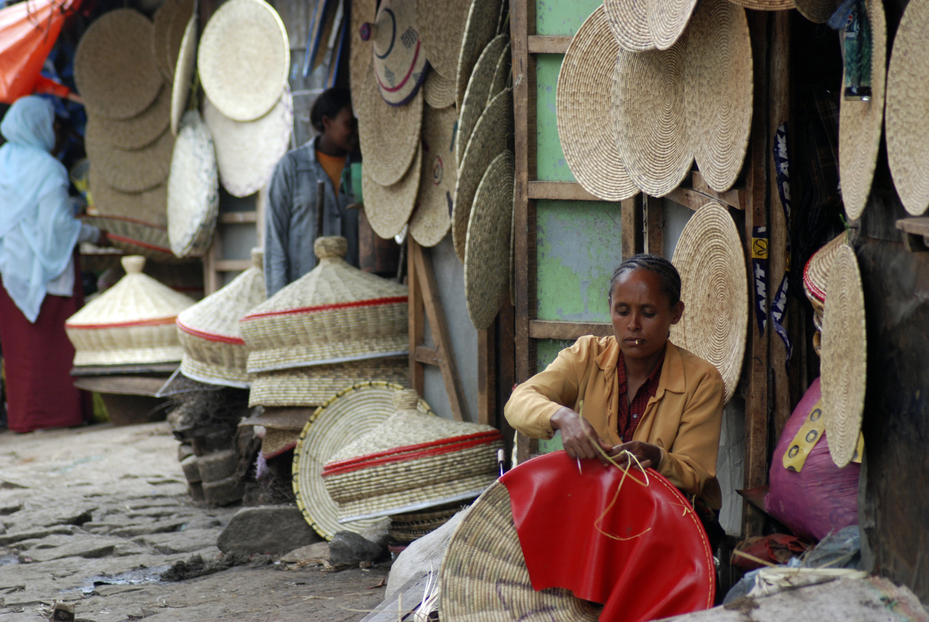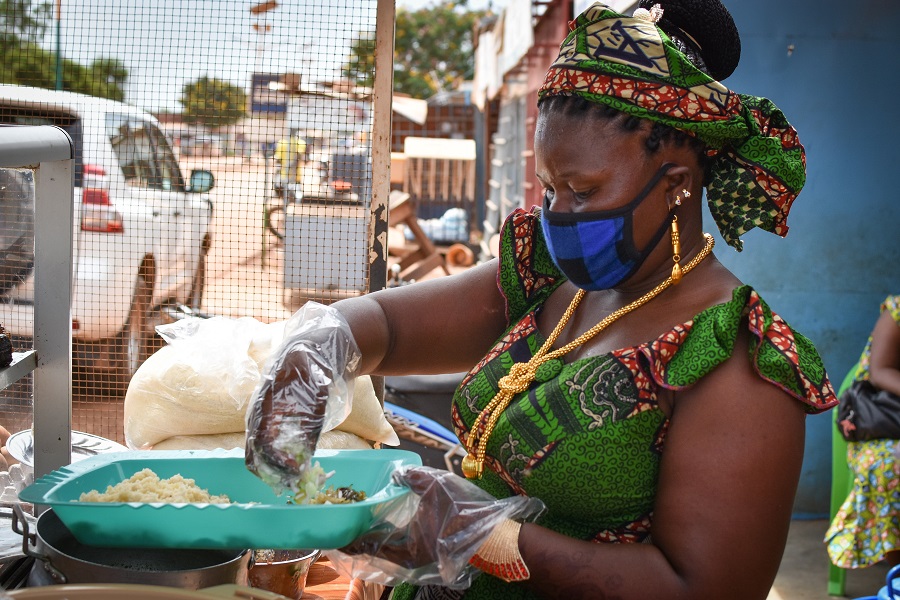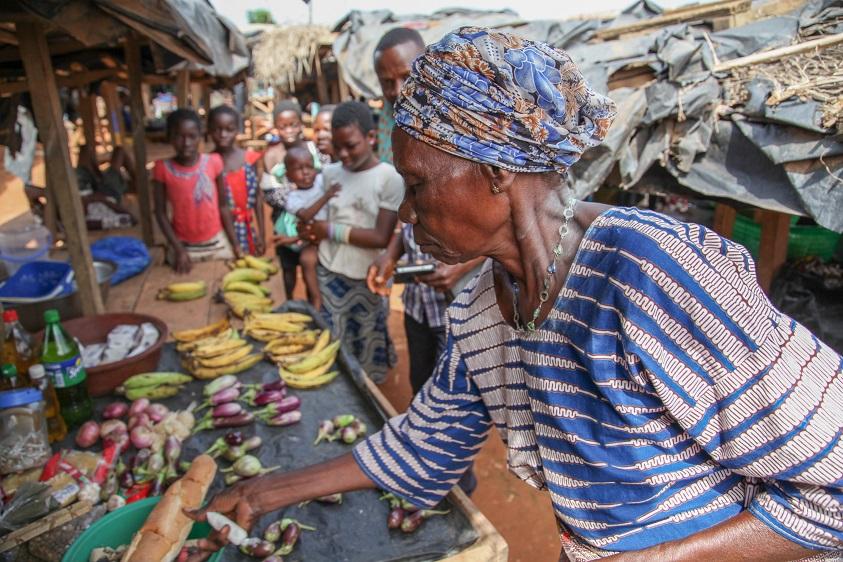Why we need multiple flavours of capital for inclusive gender-smart business
The definition of gender lens investing (GLI) is quite broad. Do you think it should be more specifically defined, with certain quantified targets, or do you think there is value in allowing for a range of approaches?
Let’s start with that definition for clarity’s sake: gender-smart investing is the integration of gender analysis into the investment process for better social and financial outcomes. This includes investing in women founders, but goes far beyond that. There’s gender analysis to be done across the entire supply and value chain, from the customers to the impact on the community, whether you’re investing in private or public companies, early or later stage. How are you really looking at gender factors within any business?
There is value in defining specific key performance indicators (KPIs) around the impact you’re trying to have – including women on boards or number of women funded. But if we want to have a transformational impact on women, and through that on the world, we need to allow for multiple approaches in tandem that fit a diversity of starting points and needs – even if this makes measurement more complex.
You recently released the gender lens investing report Project Sage 3.0. The research indicated a significant increase in GLI globally, from an initial focus in the United States. Can you explain the reasons behind this shift and expansion to other regions?
A growing number of investors and entrepreneurs now recognise that gender is material to financial, business, and social outcomes, and that ignoring gender and other factors of identity in their investments and businesses exposes them to financial risk. This could be in terms of access to talent, markets, or the innovation that comes from diverse thought. Women represent an undervalued market opportunity.
In addition, traditional financing such as bank debt and venture capital (VC) is sometimes the wrong fit for women entrepreneurs building inclusive gender-smart businesses. We need different flavours of capital. Investing directly into companies is also only one route – it can be more efficient and effective for investors to invest through intermediated vehicles (funds.) So in Project SAGE we saw a lot of new funds come out to fill this gap, creating structured ways for the right kinds of capital to move into companies.
Some investors are very intentionally trying to stimulate the market. In Southeast Asia, for example, DFAT Investing in Women launched a dedicated program to get more fund managers investing with a gender lens. In addition to capital, they got operational and strategic support, access to pipeline, and exposure. (Others, including DFC in the US and the African Women’s Leadership Fund, are taking a similar approach.)
It’s also worth noting the role of storytelling and communication in the growth of gender finance – we and many other ecosystem builders have done our bit to share success stories, solid data and compelling case studies, which all help to make the case for investing with a gender lens.

© GIZ/Michael Tsigaye
What do you see as the main challenges faced by women entrepreneurs and women-focused enterprises in securing funding to scale their inclusive businesses?
One is access to the right kind of investor networks. A second is that, if they have a truly inclusive business which doesn’t yet have the financial returns profile of classic venture capital, then they might need to find blended capital solutions, outcomes based financing, or funds looking to back normal growth businesses. The third is that they need to be sure that they're ready for outside capital. Do they have the right processes and systems in place, and understand how to position themselves to attract investment?
What advice would you have for women entrepreneurs who are having trouble explaining their value to investors because they have unique inclusive business models with performance indicators that may not be as easily measured monetarily?
You've got to figure out what you can measure, and then figure out what proxies you have to demonstrate evidence of traction and impact. You should have the usual traction metrics like revenue, repeat customers, cost of customer acquisition. Then from an impact standpoint, some investors will ask for very specific KPIs and how you're going to measure them. Other investors might be more interested in the stories you can tell to demonstrate a positive impact on your audience, which narratives you use. It’s worth looking at lean data providers like 60 Decibels, as well as consultants like Kore Global (and others) who focus on the storytelling aspect.
What effect has the Covid-19 pandemic had on gender lens investing, from your experience and research?
It's set back gender-smart entrepreneurs and fund managers tremendously because people are so focused on just surviving. Investors had existing businesses to support, and also had to pause any new deals because they couldn’t complete due diligence. Businesses on a healthy growth trajectory pre-COVID have had to pivot.
Women have also taken on a lot of the care burden, whether their kids are out of school, or because people were getting sick, and that created huge time poverty. This has been well documented, as has the fact that women are more likely to work in the businesses that were most affected by the pandemic, whether retail, hospitality, or teaching.
On the flip side, the businesses that were able to pivot and go digital, actually grew because there was so much more demand. So it's not a universally bad story. The other positive is that the world has woken up to the issues that women (and especially women of colour) are disproportionately facing, and there’s an increased focus on tackling those challenges using investment and other tools like policy.

What is important for the future of gender lens investing?
Gender finance is about using investment as a tool for building equity in the world, but increasingly gender lens investors are realising the importance of an intersectional approach, and incorporating new perspectives, to get to true equity. As one delegate at the virtual GenderSmart Investing Summit put it, it’s about speaking to the people who are closest to the issues but furthest away from the power so that the right investment decisions are made. We launched a Justice, Equity, Diversity, and Inclusion (JEDI) working group to help investors integrate racial and ethnic equity into gender lens investing, and others are doing the same with LGBTQ+ rights. I believe this is a good thing and will only lead to better financial and social outcomes, but we need to build the capacity of more investors and entrepreneurs to do this analysis well.
So it's a combination of changing how we invest and changing who has a seat at the table. What kinds of insights do we use to determine what a good business opportunity looks like? Investors might not have the data to show them why something is a market opportunity - it’s up to the entrepreneurs to help them get there. And as investors, we need to also be open to different sources of data, whether they are insights from an NGO, women's organisation or a community with local business insight. There’s a role here for translators who can speak both the language of finance, and the language of gender (and other) experts. Criterion Institute are doing some great work in this arena.
We also need to keep convening people who wouldn’t usually be in the same room so they can have those conversations, learn from each other, and move forward to action - from big institutional investors and policymakers to entrepreneurs and academics. Capital networks are hard enough to access for women, especially women of colour: we need to do what we can to broaden the tent.
More information: Gendersmartinvesting.com
